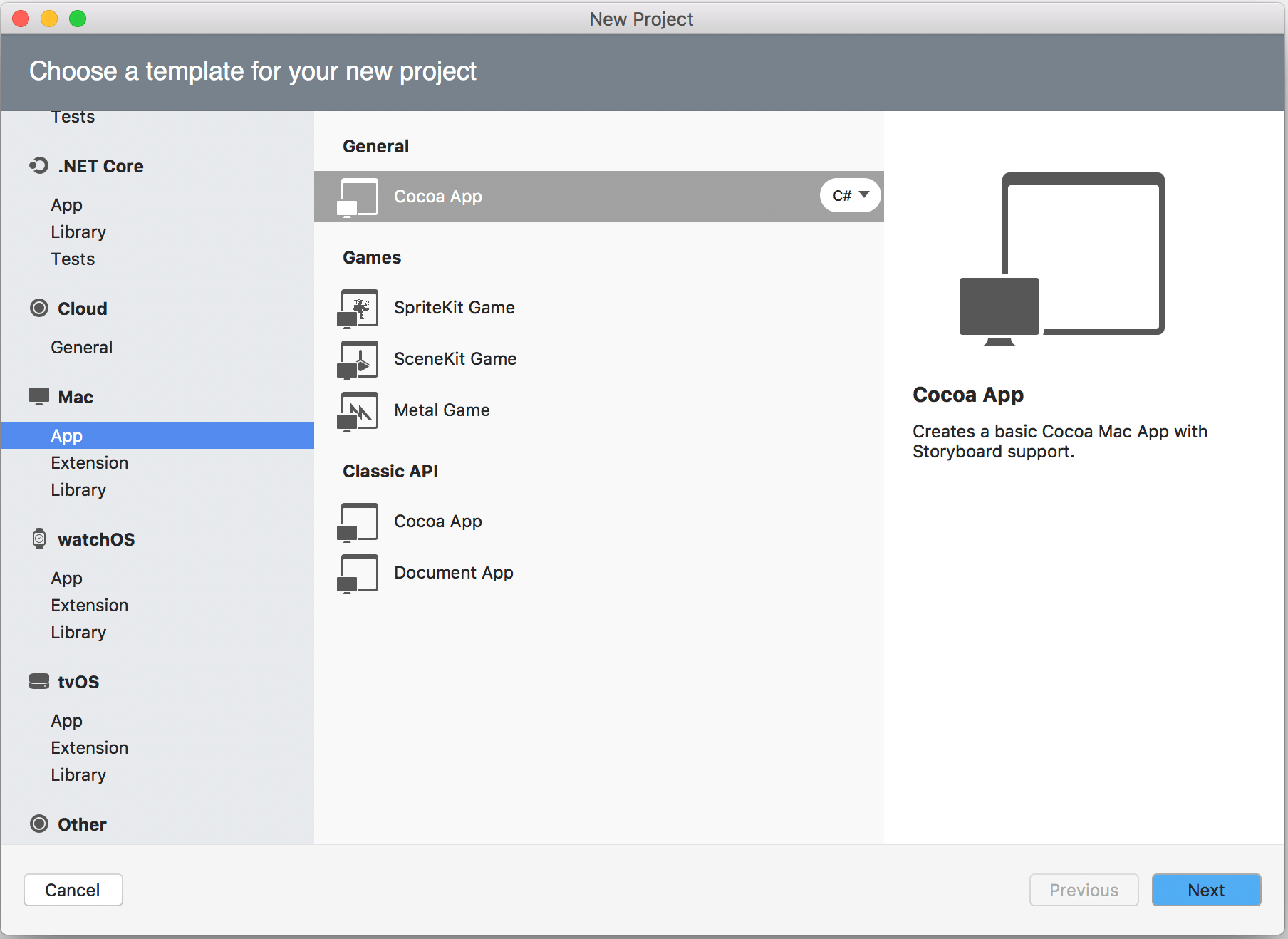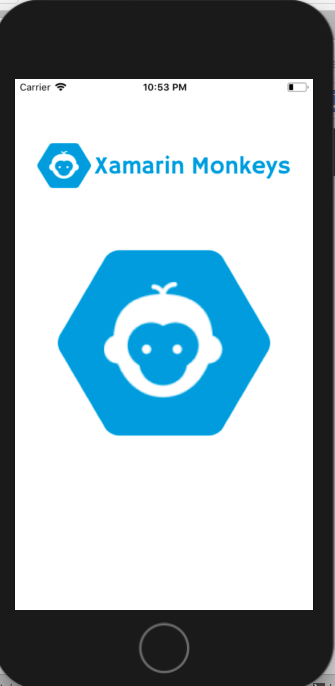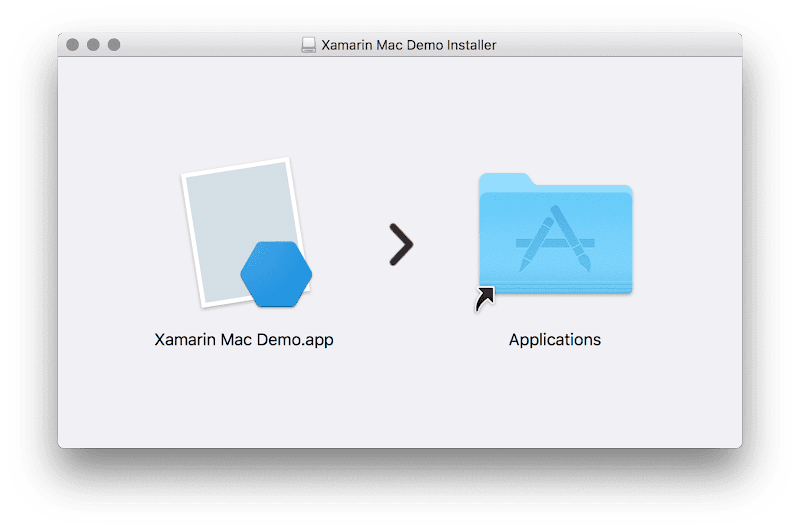

- How to uninstall xamarin mac os x install#
- How to uninstall xamarin mac os x update#
- How to uninstall xamarin mac os x upgrade#
- How to uninstall xamarin mac os x android#
How to uninstall xamarin mac os x update#
If that still does not bring you enough free space to update XCode: Uninstall XCode and reinstall it fresh from the app store.
delete all devices which are not supported anymore: xcrun simctl delete unavailable. delete specific device: xcrun simctl delete. list all simulators: xcrun simctl list devices. Additionally make sure to check /Library/Developer/CoreSimulator/Profiles/Runtime which takes 16GB in my case. Delete iOS SimulatorsĪs mentioned by Pavel Kovalev, you could use some xcrun commands to find and delete iOS simulators. Typically you could identify the latest framework by it’s number, but you could also run this command in terminal to be sure: ls -la /Library/Frameworks//Versions/Current You could do the same for, and amework. You only need to keep the frameworks you still use, so latest one as minimum of course. There are lots of old frameworks which could be deleted, according to this answer from Jon Goldberger in Xamarin Forums. 
Library/Frameworks/ uses 21,7GB in my case. After that, my directory size for Pixel 3a went down from 13,92 GB to 1,29 GB! My Pixel 3 emulator (which I do not use too often) also went down from 3,59 GB to 1,18 GB. Instead of deleting, starting the app “Android Devices” and doing a Factory Reset there might be a better option. img you just reset the simulator (see O’Reilly) so that could be deleted. In /.android/avd/pixel_3a I’ve seen a userdata-qemu.img with 6,4 GB and a 2 with 6,2 GB.
How to uninstall xamarin mac os x android#
Done! Resetting Android Devices (Factory Reset) Go to your projects folder, right-click the folder and select “Clean” from Services (if you have installed Clean & Compress Tool as mentioned above).
~/Library/Application Support same as above: Identify largest directories and see what you still need. With Omnidisk Sweeper you could sort by size and identifiy large stuff easy, e.g. ~/Library/Caches (check the data you don’t need anymore. ~/.android/avd (delete all devices you don’t need). ~/Library/Caches/Xamarin/iOS Designer (everything except device_set.plist). ~/Library/Developer/XCode/iOS Device Support (delete all except your current version). ~/Library/Developer/CoreSimulator/Caches/dyld. ~/Library/Developer/CoreSimulator/Devices. ~/Library/Developer/Xamarin/Archives (delete all the archives you don’t need). ~/Library/Developer/XCode/Archives (delete all the archives you don’t need). So now delete all the files and folders in these directories within base directory /Users/yourname : Cleaning up space on your Xamarin Dev Machine. 10 Ways to free up disk space on your Mac Hard Drive. Quick ways to free space on your Xamarin Mac computer. Most of the tips are retrieved from several existing articles which are for example: Clean & Compress easily deletes all bin, obj and packages of your Xamarin Projects.  Commander One has a simple switch to show hidden files. Omnidisk Sweeper is a nice tool to show folder sizes. You will probably find them easy with Google, so here are just the tools I use Of course there are tools promising to do it all for you but maybe they are not designed to take care of all the Xamarin stuff. Always helpful: Clean your trash bin and do a restart after big deletions (especially after uninstalling XCode).
Commander One has a simple switch to show hidden files. Omnidisk Sweeper is a nice tool to show folder sizes. You will probably find them easy with Google, so here are just the tools I use Of course there are tools promising to do it all for you but maybe they are not designed to take care of all the Xamarin stuff. Always helpful: Clean your trash bin and do a restart after big deletions (especially after uninstalling XCode). 
So here are the steps I did to clean up my mac.
How to uninstall xamarin mac os x install#
Now I have to reinstall XCode, but even with 38 GB of free space, AppStore still complains that there is not enough free space to install these 11 GBs…. Typically I uninstall XCode first so I was able to install Big Sur today.
How to uninstall xamarin mac os x upgrade#
Unfortunately I nowadays often run into the problem of missing free space on my macbook (from 2015, 256 GB) when I want to upgrade XCode or Mac OS.








 0 kommentar(er)
0 kommentar(er)
